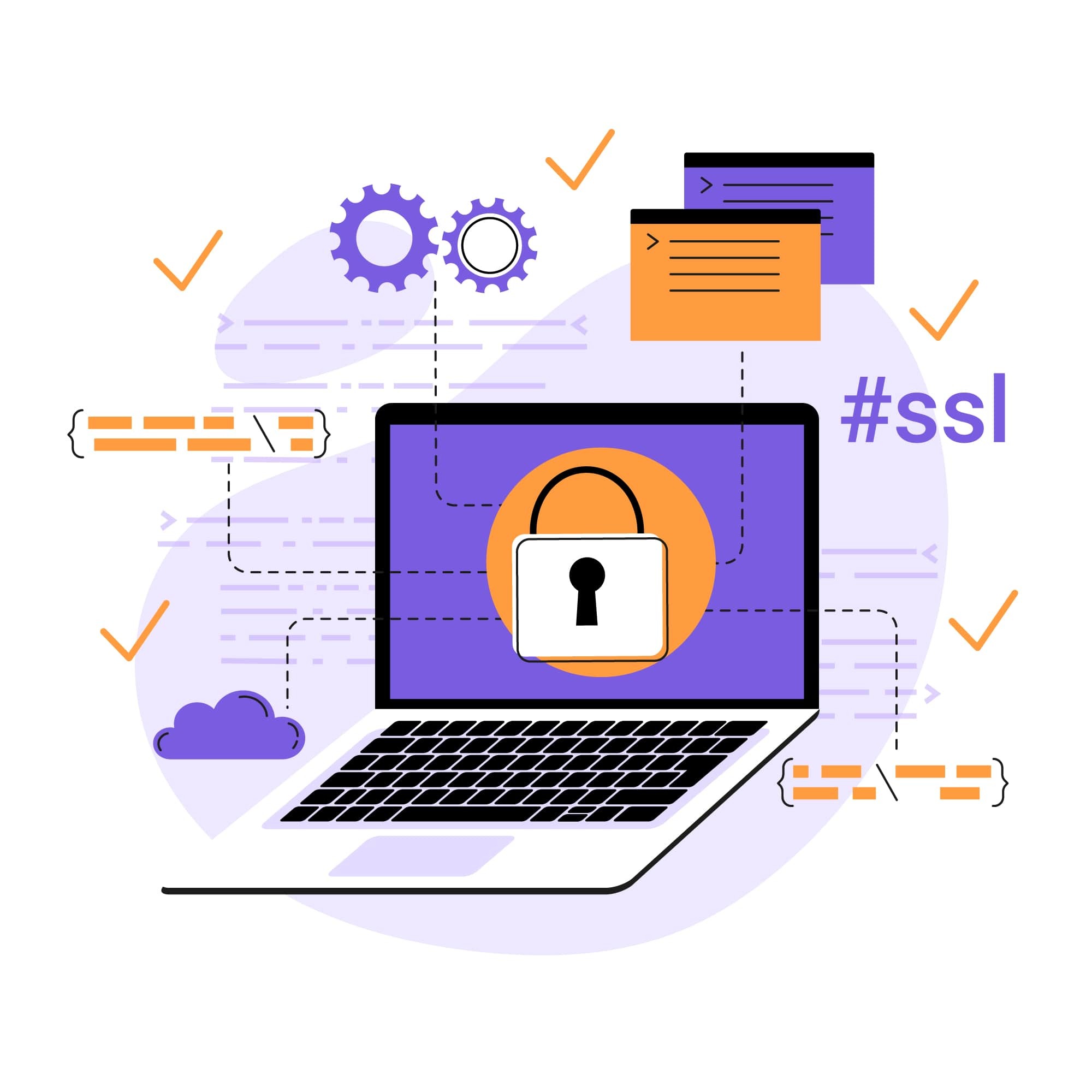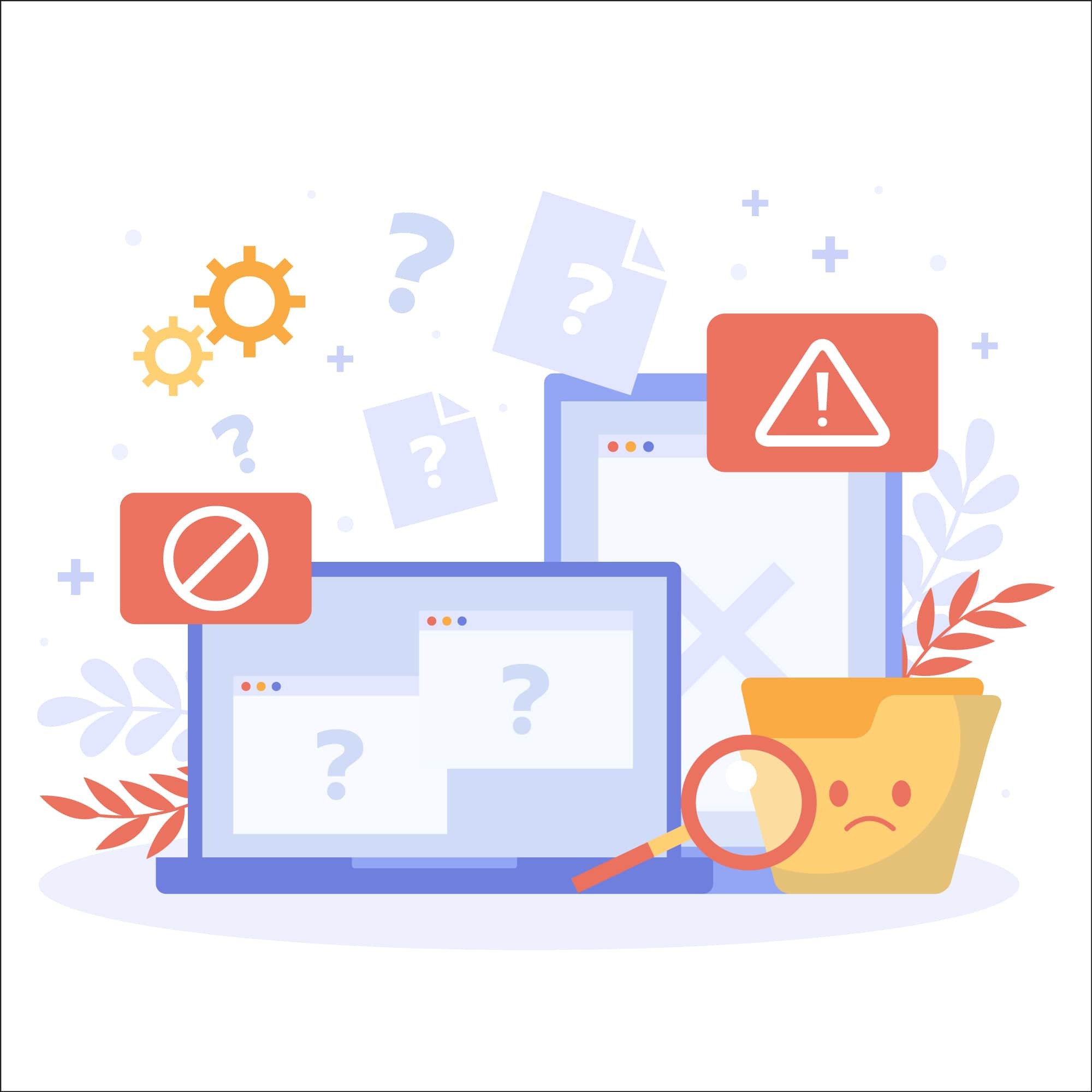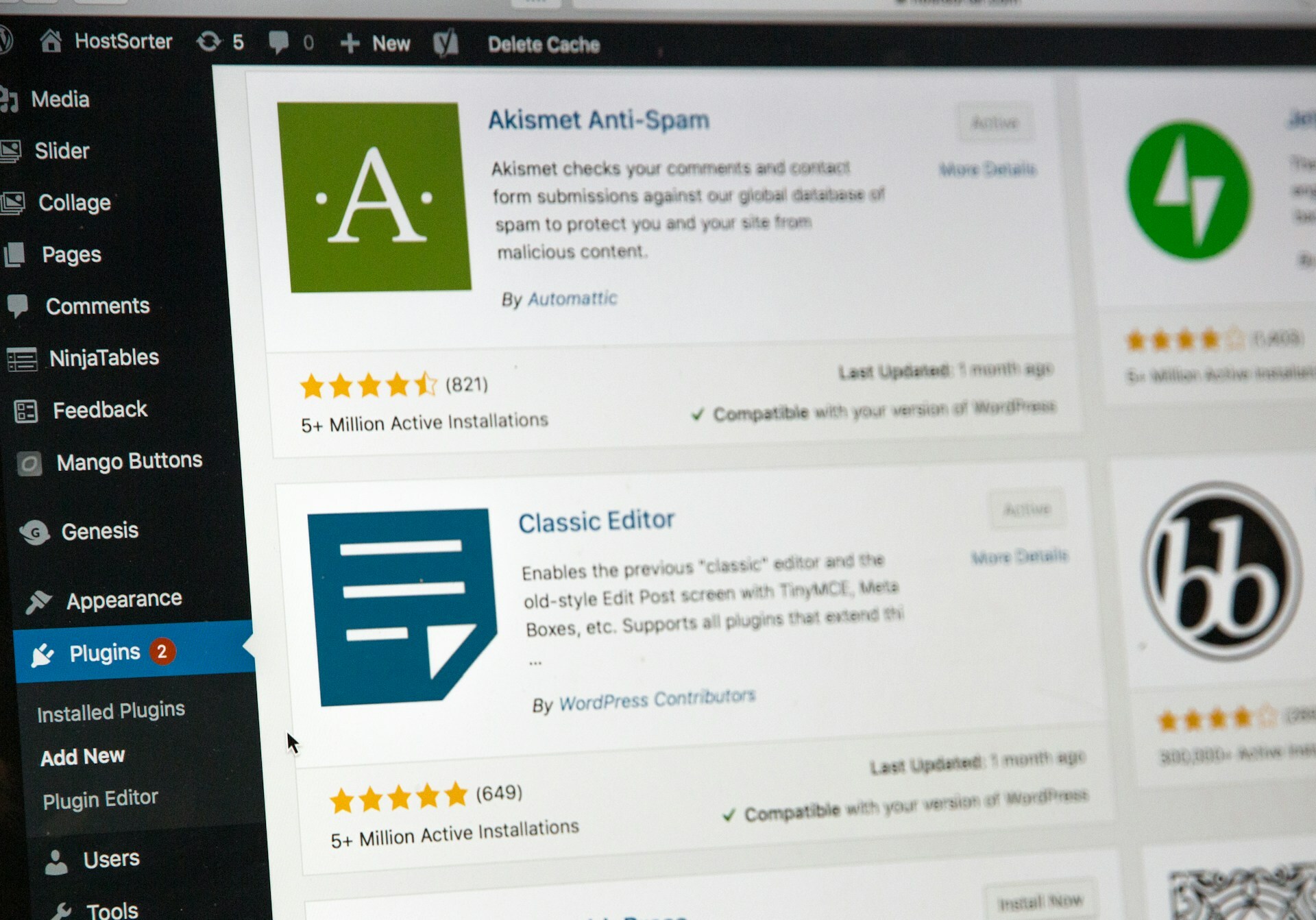
Is WordPress Secure? What the Data Says & How to Make It Safer
Powering over 43% of all websites on the internet, WordPress is the most widely used content management system (CMS) in the world. From its ease of use to its flexibility and massive plugin ecosystem, there are a lot of reasons why WordPress is so popular. But are WordPress sites secure?
In short, the answer to this question is "yes, with the right precautions". However, the "right precautions" part is highly important. Without proper safeguards and security controls in place, a WordPress website can have a lot of vulnerabilities for hackers to exploit. In fact, there were 8,000 new WordPress vulnerabilities reported in 2024 alone.
WordPress vulnerabilities, such as malware, outdated software, and brute force attacks, can leave your website exposed to a variety of risks. Let’s go over everything you need to know about these common WordPress vulnerabilities and how to fix them so that you can make your WordPress website as secure as possible.
How secure is WordPress by default?
At its core, WordPress is an open-source platform maintained by a team of expert developers. Updates are regularly released to address bugs and vulnerabilities, and the platform supports automatic patching to keep sites up to date.
In addition to automatic patching, WordPress offers a number of other built-in security features, including:
- User role management to restrict access
- Automatic background updates for minor releases
- Support for SSL and HTTPS
- Extensive plugin and theme vetting through the WordPress.org repository
However, despite these built-in features, WordPress can have numerous vulnerabilities if additional security measures are not taken. One of the biggest benefits of WordPress is its flexibility, but, when it comes to security, this is also one of its biggest weaknesses. Since WordPress gives you the freedom to build your site any way you see fit, the real risk comes from how it's implemented and maintained. Issues such as poorly coded plugins and themes, weak passwords, and insecure hosting environments can all leave your website exposed if you fail to create and maintain a thoroughly secure WordPress site.
E-commerce security on WordPress: Using WooCommerce safely
Many WordPress users run e-commerce stores using WooCommerce, which is a plugin that transforms WordPress into a full-featured online store. WooCommerce is secure, but it does introduce some new risks and extra responsibilities for store owners. In particular, the process of handling customer information and payments requires additional security controls.
To use WooCommerce safely, store owners should:
- Install an SSL certificate and force HTTPS
- Enable two-factor authentication for admin users
- Choose trusted payment gateways like Stripe or PayPal
- Use plugins that are regularly updated and supported
- Limit user roles and permissions tightly
To learn more about important e-commerce security tips, check out SiteLock’s guide to fixing WooCommerce vulnerabilities.
Most common WordPress security risks
Hardening a WordPress website's security starts with understanding the security risks you need to avoid. Here are a few of the most common ones:
Vulnerable plugins and themes
Vulnerable plugins and themes are one of the biggest causes of poor WordPress security. Since plug-ins and themes are third-party code, ones that are poorly coded or outdated can leave a WordPress website vulnerable to backdoors, file injections, and malware.
To avoid this risk, it's important to only use plugins from trusted sources and regularly check for updates. Running a vulnerability scan using a tool like SiteLock is also a great way to make sure that all of your third-party plugins and themes are secure.
Learn more information on the dangers of outdated plugins.
Weak passwords and login vulnerabilities
Guessing passwords may seem like a highly inefficient way to hack a website, but hackers will use bots to try thousands of password combinations in what is known as a brute force attack.
Using strong passwords that are challenging even for an army of bots to guess is the first key to protecting your website from brute force attacks, so creating secure passwords is paramount. Two-factor authentication (2FA) and limiting the number of login attempts that are allowed will both go a long way as well.
Hosting issues and misconfigurations
Who you choose as your hosting provider can have a big impact on your site's security. Cheap or misconfigured hosting environments often lack necessary server-level protections like firewalls, file permission controls, and secure PHP configurations. Be sure to choose a provider that offers a security-focused infrastructure. It may cost a little more, but it's well worth it.
Why is my WordPress site not secure?
If you're seeing a “Not Secure” warning in the browser when you load your website, it usually means one of three things:
- You don’t have an SSL certificate
- Your site has mixed content (some resources served over HTTP)
- Your software is outdated
Whatever the issue is, it's important to fix it as soon as possible. "Not Secure" warnings not only harm user trust and drive visitors away, but they also negatively impact a website's SEO. Start by installing an SSL certificate if you don't already have one. Next, try forcing HTTPS and fixing insecure content links, then make sure that your CMS, plugins, and themes are all up-to-date.
How to secure your WordPress site
WordPress websites are secure when you make them secure. To that end, here are the five most important steps you should take:
1. Keep WordPress updated
It's common for hackers to target websites running old versions of WordPress since these older versions often have known, unpatched vulnerabilities, and this goes for outdated plugins and themes as well. Be sure to enable automatic updates for your WordPress core and plugins. Even with automatic updates enabled, it's still a good idea to regularly check for available updates since not all plugins support automatic updates.
2. Strengthen authentication
Security starts at the login screen. Using long, complex passwords, enabling 2FA for all admin accounts, and limiting login attempts are all important keys to strengthening authentication. You should also rename the login URL from /wp-admin to something custom so that the bots used in brute force attacks are not able to find it as easily.
3. Choose secure hosting and use a WAF
We've already discussed the role that your web hosting provider plays in security. When choosing hosting, be sure to prioritize security and look for providers who offer built-in features such as automatic backups and server-level firewalls.
With that said, keep in mind that hosting providers rarely offer comprehensive security solutions. While it's important to choose one that is as secure as possible, you will probably still want to utilize additional security controls.
4. Lock down sensitive files
Sensitive files, such as wp-config.php, should be protected by moving them outside the root directory. You should also disable file editing and review file permissions to ensure that write access is restricted.
5. Use SiteLock for full protection
SiteLock offers a comprehensive suite of security solutions for WordPress websites that make ironclad security effortless for website owners. This includes automated malware scanning, a WAF for DDoS protection, and automated malware removal. If you're looking for a simple yet highly effective solution to WordPress security, an all-in-one security package like SiteLock is a great option to consider.
Ongoing best practices for WordPress site owners
WordPress security is an ongoing responsibility. Here are a few important best practices for keeping your site secure:
- Run regular malware and vulnerability scans to proactively identify threats.
- Back up your website regularly.
- Monitor logins and suspicious activity.
- Conduct periodic security audits.
Once you've taken the proper steps to secure your WordPress site, these practices will help keep it that way.
Keep your WordPress site safe with SiteLock
WordPress websites can be highly secure, but only when you employ the right tools and processes. If you'd like to utilize an all-in-one solution that will strengthen your site's security across the board and allow you to proactively identify threats before they become a bigger problem, there's no better product on the market than SiteLock.
Check out our WordPress security services and WordPress malware removal services to learn more about how SiteLock keeps WordPress sites safe and secure.




